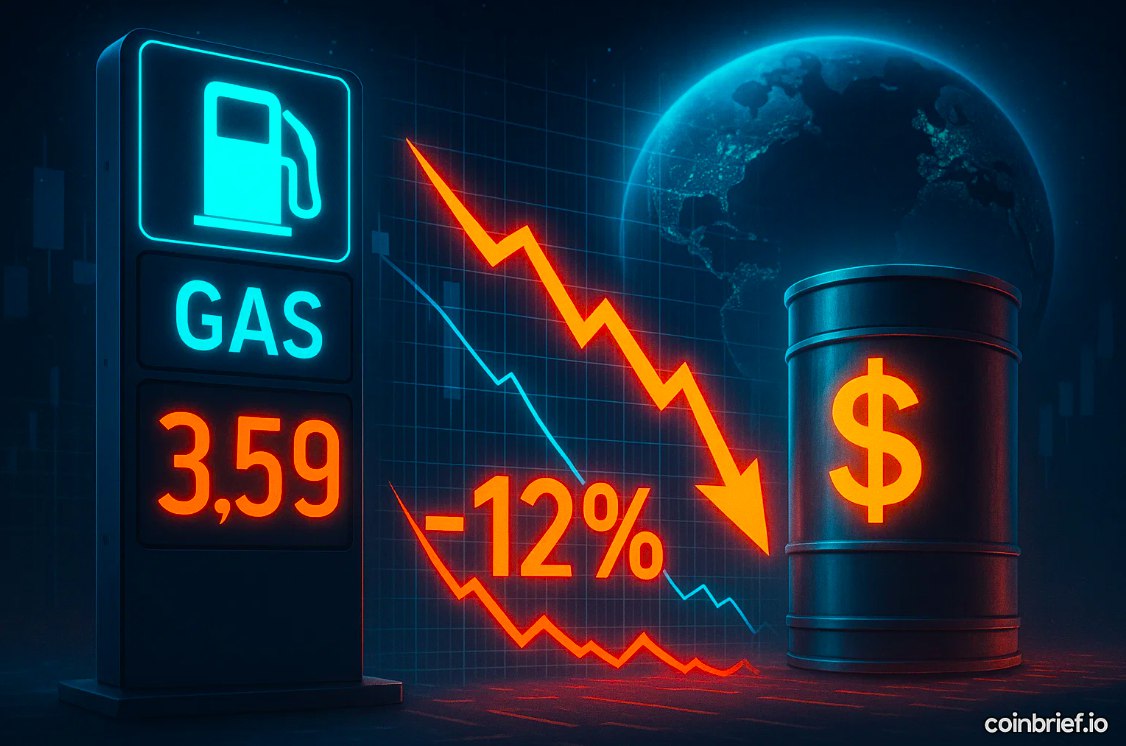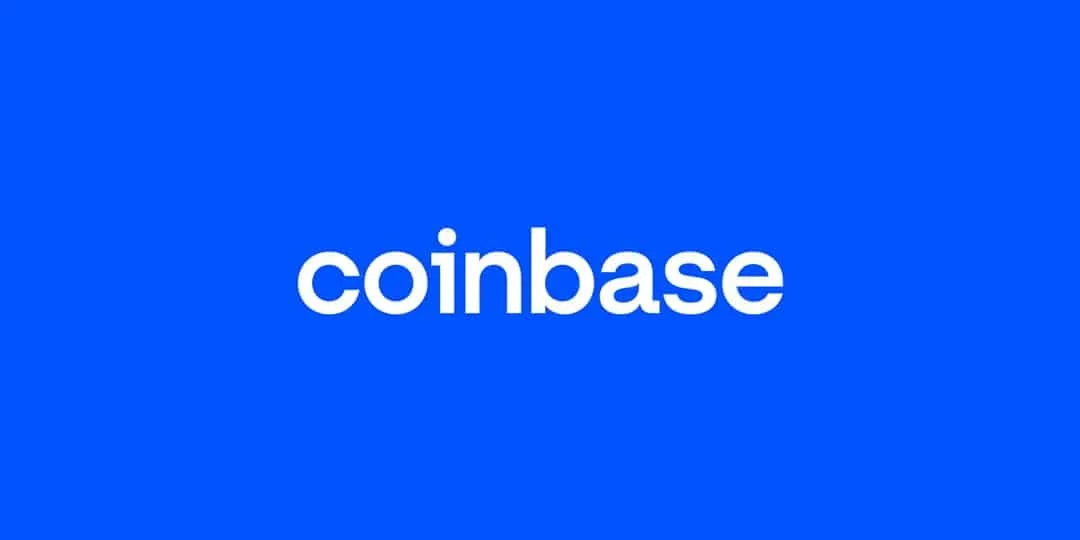Oil prices spiked sharply on Friday following intensifying geopolitical tensions in the Middle East, as Israel launched attacks on Iranian military and nuclear infrastructure. In retaliation, Iran mounted a response, heightening fears of a broader conflict that could disrupt global oil supply.
West Texas Intermediate (WTI) crude, the U.S. oil benchmark, jumped approximately 7.5% to $73.12 per barrel during Friday’s trading session, after surging as much as 14% overnight—marking one of the largest intraday gains in years. Meanwhile, Brent crude, the international benchmark, climbed over 7% to $74.38 a barrel.
The surge in crude prices follows warnings from JPMorgan earlier in the week. The bank’s analysts cautioned that a full-blown war between Israel and Iran—one of the world’s leading oil producers—could push oil prices above $100 per barrel, levels not seen since Russia’s 2022 invasion of Ukraine sent shockwaves through the global energy market.
Oil Shock Could Reignite Inflation Fears
The rapid rise in oil prices is likely to rekindle concerns over inflation, especially as the U.S. economy attempts to cool price pressures. Ryan Sweet, Chief U.S. Economist at Oxford Economics, estimates that every $10 increase in oil prices could add roughly 0.5 percentage points to the U.S. inflation rate. This projection comes as the Consumer Price Index (CPI) registered a 2.4% year-over-year increase in May—relatively tame, thanks largely to a 12% drop in gas prices over the past year.
JPMorgan analysts noted that if crude were to soar to $120 a barrel, it could potentially push CPI inflation back up to 5%, threatening the Federal Reserve’s 2% inflation target and complicating interest rate decisions.
Market Risks Remain, But Worst-Case Scenarios Unlikely
Despite the dramatic rise in oil prices, many analysts believe a worst-case scenario is still avoidable. “The primary market concern lies with Iran potentially closing the Strait of Hormuz,” said Kristian Kerr, Head of Macro Strategy at LPL Financial. The narrow waterway, which handles about 20% of the world’s oil shipments, is a critical chokepoint. However, Kerr believes such a move is improbable due to Iran’s reliance on oil exports to China.
Nonetheless, experts warn that direct attacks on oil infrastructure by either side could severely impact global supply and fuel prices. The risk of further escalation remains high, and markets are likely to remain volatile in the short term.
Looking ahead, Goldman Sachs maintains a more tempered view. While acknowledging that geopolitical tensions are inflating oil’s risk premium, the firm still projects that WTI crude will average around $55 per barrel by the end of the year—assuming no further escalation.
Also Read: TRON’s TRX Nears Breakout as Whale Accumulation Grows
As the situation unfolds, investors and policymakers alike are closely watching oil markets—not just for signs of supply disruption, but for potential ripple effects across inflation and monetary policy.
Disclaimer: The information in this article is for general purposes only and does not constitute financial advice. The author’s views are personal and may not reflect the views of CoinBrief.io. Before making any investment decisions, you should always conduct your own research. Coin Brief is not responsible for any financial losses.




